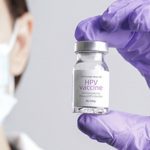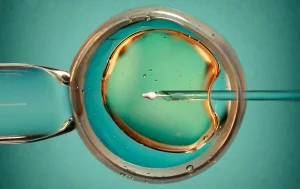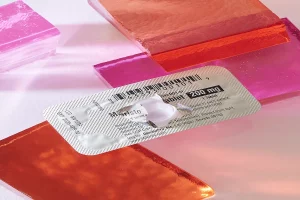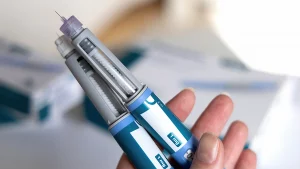Talking about sexually transmitted infections (STIs) can be uncomfortable. But whether you’re talking to your partner, child or doctor, these are important conversations to have.
The U.S. Centers for Disease Control and Prevention estimates 20% of Americans had an STI in 2018. There are still more undetected, unreported and untreated STIs that can result in “serious health consequences.”
Human papillomavirus (HPV) is the most common STI in the United States, so it’s important to know the facts.
What is HPV?
The CDC reports there were 43 million HPV infections in the United States in 2018. It’s a virus, and Mayo Clinic says it’s so widespread that an estimated 85% of all people will become infected with HPV in their lifetime.
Dr. Nipunie Rajapakse, a Mayo Clinic pediatric infectious diseases physician, said in a recent article that “the scary thing about this virus is that it also is a virus that can cause cancer.”
The U.S. National Cancer Institute (NCI) explains HPV and cancer this way: There are over 200 viruses related to HPV. Sexually transmitted HPV is separated into low-risk HPV and high-risk HPV. High-risk HPV, specifically HPV-16 and HPV-18, is responsible for a majority of HPV-related cancers.
How do you get HPV?
HPV spreads through close, intimate contact with someone infected with the virus. This includes vaginal, anal and oral sex, or skin-to-skin contact.
Anyone who is sexually active can contract the virus.
According to Mayo Clinic, you’re at a higher risk for contracting sexually transmitted HPV if you:
- have multiple sexual partners
- are an adolescent or a young adult
- have a weakened immune system
HPV symptoms
It’s common for a person, male or female, to be infected with HPV and not have any symptoms at all. However, the CDC warns an asymptomatic person with HPV can still infect someone else.
There are certain strains of HPV that can cause symptoms like genital warts or even cancer.
HPV in women: Mayo Clinic explains genital warts are small bumps, brown or pink in color, found on the vulva, vaginal walls, anus or cervix. They can also appear in the mouth or throat.
Genital warts can cause itching and discomfort, as well as bleeding with intercourse.
The NCI says long-term, high-risk HPV can infect cells and cause cancer of the cervix. They recommend regular cervical cancer screenings for early detection.
High-risk HPV can also cause cancer of the oropharynx, vagina, anus and vulva. Itching and bleeding are signs of a precancerous lesion.
HPV in men: Men can also develop genital warts that are similar in appearance. For men, genital warts can develop on the penis, scrotum, anus, and the mouth and throat.
There’s also a cancer risk for men with high-risk HPV. Left untreated over a long period of time, the virus can modify cells and develop into cancer. This includes penile, anal and oropharyngeal cancer.
HPV treatment
There’s no treatment for HPV; however, treatment is available for health problems that develop as a result of contracting it.
For genital warts, your health care provider can prescribe topical medications. Prescription medications such as imiquimod (Aldara, Zyclara) and sinecatechins (Veregen) are commonly used for treating genital warts, according to the Mayo Clinic.
There are U.S. Food and Drug Administration-approved cervical cancer screenings that can detect high-risk HPV in cervical cells. There’s also a Pap test that can identify precancerous cell changes. NCI says early detection is important.
HPV prevention
To reduce your risk of contracting HPV, the CDC offers a few suggestions.
First, being in a monogamous sexual relationship and talking to your partner about his or her sexual history before having sex can lower your risk.
Condoms and dental dams can also help reduce your risk of contracting HPV, but neither provides 100% protection from the virus.
Another preventive measure is the HPV vaccine GARDASIL 9. This vaccine has significantly lowered HPV infections and cervical pre-cancers in girls and young women, according to the CDC.
“This is a really effective, really safe vaccine that is unique because it is a vaccine that prevents cancer,” Rajapakse said.
She says the HPV vaccine is recommended for 11- and 12-year-old boys and girls, but it can be given to children as young as 9. Ideally, a child or young person should be vaccinated before they become sexually active.
The vaccine is not recommended for anyone older than 26 since they’ve likely already had exposure to HPV. The vaccine might not be effective when given to someone already infected with HPV.
Knowing the facts about HPV can help you make informed decisions about prevention and treatment. Talk to your health care provider if you’re concerned about exposure to human papillomavirus or for more information about the HPV vaccine.
Source: HealthDay
Copyright © 2025 HealthDay. All rights reserved.
















